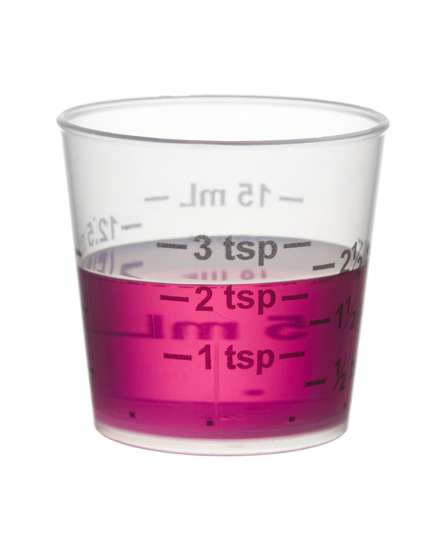
The color of OTC medication influences how consumers perceive its quality. Image Source: Shutterstock user Corinna Haselmayer
A man suffering from a bout of heartburn walks into his neighborhood grocery store hoping to find an antacid that will relieve his symptoms. He heads straight for the over-the-counter medication aisle, but he sees that there are almost two dozen different brands of antacid sitting on the shelves. He isn’t sure which one to choose. Should he go with the antacid tablet that is a calming shade of pale pink? Or is the bright green tablet a better choice?
According to research, many customers in this position would pick the pale pink option. In a study published in the International Journal of Biotechnology in 2010, researchers at the SIES College of Management Studies found that people were more likely to perceive a pink medication as sweet and pleasant, whereas they perceived green medication as sour or bitter.1 This may be because many people associated the color green with acidity, which would be unappealing for those suffering from acid reflux.
This study is part of a growing body of evidence showing that color can dramatically impact perception of medication efficacy and overall user experience. As a result, color becomes a significant factor in consumer behavior and, consequently, the commercial success of medications. This phenomenon is particularly relevant for over-the-counter medication manufacturers. Unlike prescription drugs, which are recommended to patients by doctors, over-the-counter (OTC) medications rely heavily on consumer perception for sales. As a result, OTC medication manufacturers must rely on spectrophotometers to ensure that their products are as aesthetically pleasing as they are effective.

With so many OTC medication brands on the market, it’s important for manufacturers to create colorful products that stand out. Image Source: Shutterstock user mayakova



